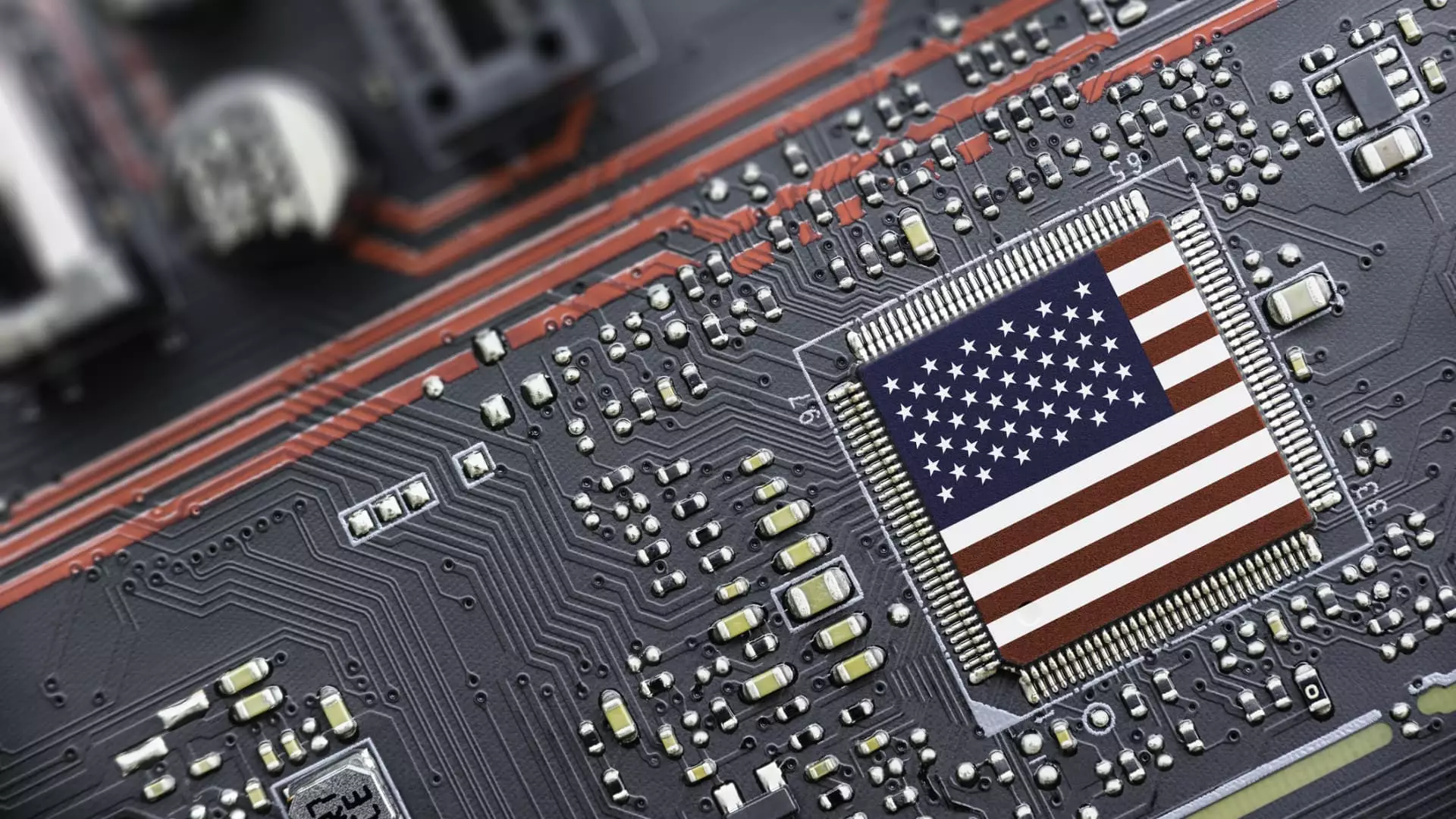Despite a recent announcement from President Trump that initially appeared to be a boon for the semiconductor industry, major chip stocks like Nvidia and Micron have taken a considerable hit. The exemption of semiconductors from new tariffs was supposed to shatter concerns, giving investors a reason to breathe easier. Instead, it has acted like a mirage in a desert of economic anxiety. The market’s pessimism suggests a deeper truth — that the rules of engagement for these companies remain precarious. The perceived good news has drawn skepticism, with chip stocks spiraling downward even as the regulatory storm clouds linger over the industry.
A Band-Aid on a Bullet Wound
Upon closer inspection, the so-called good news surrounding tariff exemptions reveals a more sinister reality. Tariffs targeting semiconductor companies haven’t been eliminated; they’ve merely been postponed, an unsettling delay laden with uncertainty. Morningstar analysts forecast tariffs of up to 10% could soon bear down on this sector, a bleak prospect that may lead companies to employ dubious tactics. Take Taiwan Semiconductor Manufacturing Company (TSMC), for instance; while they may attempt to reroute shipments through third countries to skirt tariffs, this is nothing more than a temporary gimmick rather than a substantive solution.
The scenario only becomes grimmer when considering the broader implications. An imported sea of computing devices — comprising smartphones and computers worth around $200 billion — is positioned precariously at the mercy of escalating tariffs approaching 40%. These trade barriers pose a significant threat to consumer purchasing behaviors. Rather than rallying support, the portrayed exemptions merely feel like a salve for a wound that will continue to ooze economic malaise.
The Demand Crisis That Waits
Perhaps the most disheartening aspect is the disconnection between valuation trajectories and market realities. Companies like Nvidia are caught at a crossroads, with Chinese tech giants understood to be stockpiling their inventories ahead of potential restrictions, which places Nvidia in a precarious balancing act. The company must expand production to meet surging demand propelled by Chinese entities while simultaneously grappling with the looming fear of excess capacity. This isn’t merely a company-specific issue; it signifies a considerable risk of overproduction amidst collapsing demand driven by harmful tariffs.
Moreover, with the prospect of artificial intelligence diffusion regulations set to take effect soon, uncertainty tangles further. Companies, particularly in the tech field, are at loggerheads with the potential for export restrictions, making planning nearly impossible. If the Biden administration enforces these legislation changes, Nvidia could find its growth strategy thrown into disarray, resulting in a tangled web of conflicting priorities and risks.
Infrastructure Delays Create a Ripple Effect
Infrastructure concerns add another layer of complexity to this dismal outlook. Reports have surfaced that major players like Microsoft are already suspending or postponing data center projects, creating a wide network of ripple effects in the industry. This, in turn, raises fundamental doubts about the sustainability of demand for AI services — once considered the sector’s strongest growth driver. As stock prices tumble across various suppliers bolstered by AI ambitions, concern widens that overzealous protectionism may snuff out not only near-term profitability but long-term prospects, too.
Even if U.S.-based manufacturers like Intel and GlobalFoundries could ultimately emerge as unlikely beneficiaries from a return of domestic production, they must be wary of the immediate repercussions of faltering demand. The very policies meant to safeguard these companies could backfire, inhibiting growth and stymying innovation in a sector desperately in need of adaptability and resilience.
What once seemed like a systematic opportunity to bolster American chip manufacturing has devolved into a complex labyrinth of uncertainty and market apprehension. The crumbling stock prices illustrate the gravity of a reality where tariffs loom large, eroding confidence and injecting panic into already fragile markets.

